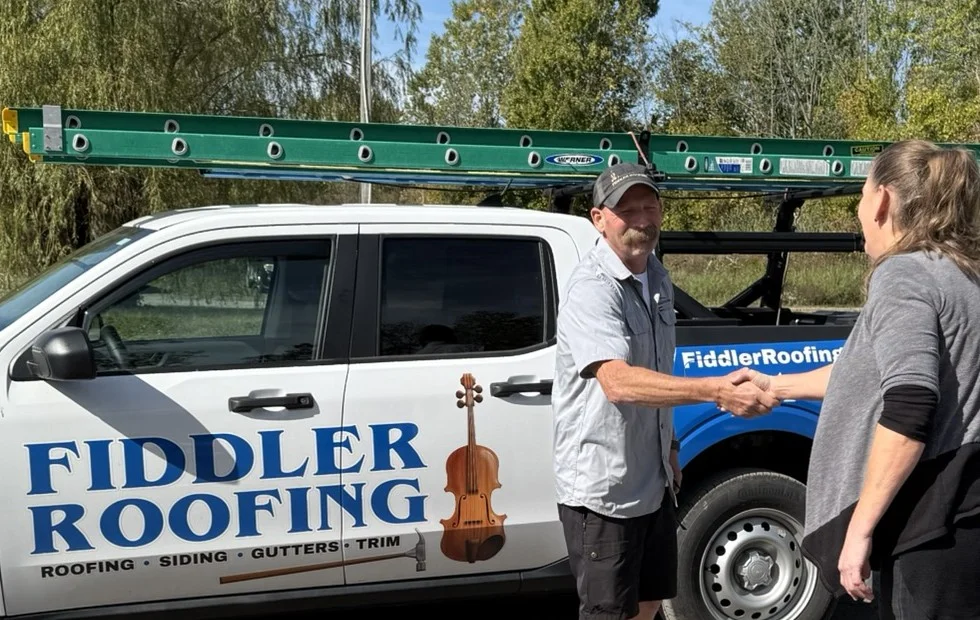Did you know that nearly 75% of roof replacements are done prematurely due to inadequate inspections or misunderstood warranties? Replacing a roof is among the largest investments a homeowner makes—and getting it right saves you serious money, headaches, and future roof repairs. Before you sign that contract or pick up the phone for a contractor, make sure you understand the key steps, hidden costs, and critical decisions that shape the life, safety, and comfort of your home. This comprehensive, data-driven guide will arm you with expert knowledge on roof replacement cost, labor, material selection, warranties, and more, so you can approach your project with absolute confidence.
“Did you know that nearly 75% of roof replacements are done prematurely due to inadequate inspections or misunderstood warranties? Replacing a roof is a major investment—learn how to do it right.”
What You’ll Learn About Roof Replacement
-
Key steps before starting your roof replacement
-
How to accurately determine your roof replacement cost and labor costs
-
Tips for selecting the best roofing material and contractor
-
Roofing project essentials: warranties, permits, and clean-up
-
Critical questions for your roofing contractor before you replace your roof
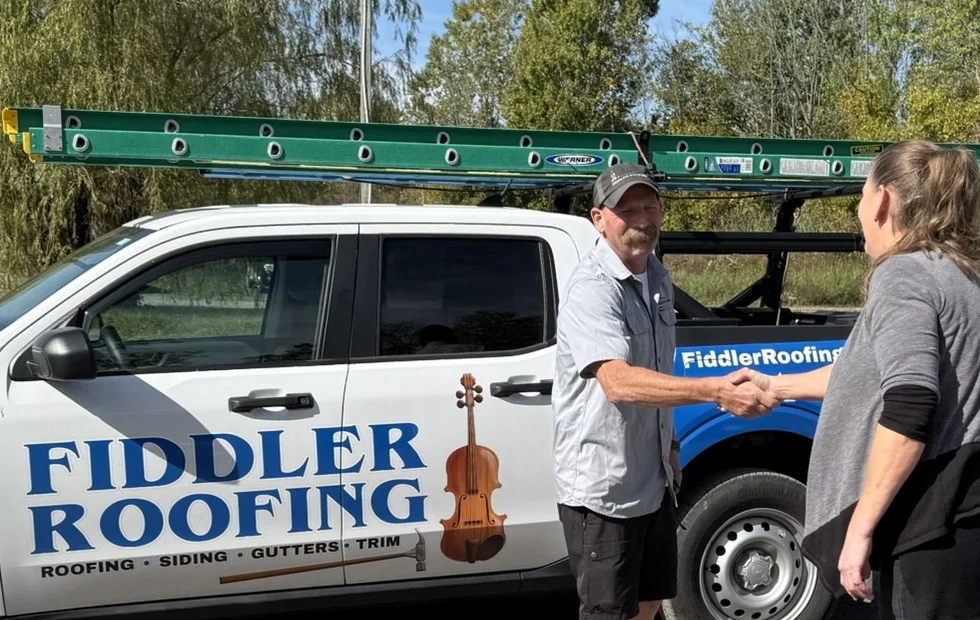
Start with a Professional Roof Inspection Before Roof Replacement
Before any roof replacement project begins, a thorough professional inspection is absolutely essential. Too often, homeowners assume the entire roof needs replacing, when in fact, a targeted roof repair may suffice—saving thousands in unnecessary replacement costs. A qualified roofing contractor will examine every aspect of your existing roof, from missing or broken asphalt shingles and sagging roof deck, to signs of water damage and blocked ventilation. Overlooking these critical early steps results in nearly 75% of roof replacements being performed prematurely or with overlooked defects, leading to costly, recurring problems down the line. An initial inspection is your fundamental safeguard, giving you an honest assessment and a detailed report that shapes every aspect of your replacement process. Ensuring the inspection covers your attic, roof decking, insulation, and ventilation system will also prevent future issues like high energy bills or moisture-related damage. Remember, comprehensive inspections are rarely visible from the street; only a roofing pro can reliably assess potential hazards and recommend the correct scope of work. This professional insight not only sets the project on the right course but also provides solid footing for fair, apples-to-apples replacement estimates.
Why a Roof Inspection Matters for Roof Replacement
Roof inspections go beyond identifying missing roof shingles or damaged tiles—they uncover issues hiding beneath the surface, such as warped roof decking, ventilation blockages, or early water damage. Roofing contractors bring the expertise to spot subtle warning signs before they escalate into structural compromises or persistent leaks. An experienced pro will check for:
-
Leaks and water stains indicating active or previous roof damage
-
Missing or broken asphalt shingles, roof shingle wear, or granule loss
-
Sagging areas suggesting roof deck or structural weakening
-
Blocked or inadequate ventilation, which can result in high energy bills and system failures
-
Hidden signs of water damage in the attic or fascia boards
“A thorough inspection today can prevent thousands in roof repair tomorrow.”
When it comes to roof replacement, attention to detail around roof penetrations is crucial for long-term performance. For example, understanding the correct way to install a pipe flange on a steel roof can help prevent leaks and future repairs. If your project involves metal roofing or complex penetrations, you may find this comprehensive guide to installing a pipe flange on a steel roof especially helpful for ensuring watertight results.
Get Every Detail in Writing for Roof Replacement
Once you’ve completed the inspection phase, it’s time to secure every aspect of your roof replacement in writing. A comprehensive contract from your roofing contractor is your best protection against unexpected costs and disputes. Too many homeowners rely on verbal estimates or vague proposals—leading to miscommunication, unlisted expenses, or incomplete repairs. The replacement contract must specify brands and types of roofing materials, the scope of the replacement process, warranty terms, clean-up responsibilities, who is responsible for permits, and payment schedules. A detailed, line-item agreement ensures transparency about the project from start to finish, so you can confidently compare competing quotes and set realist budget expectations. Insist on seeing the contractor’s breakdown before agreeing to anything; professional roofing companies expect and accommodate such requests.
Essential Elements in a Roof Replacement Contract
Spelling out the contract isn’t just a legal formality—it’s your shield against mistakes, shortcuts, and unplanned costs. The contract should clearly include:
-
A complete list of roofing materials (brand and type)
-
A precise scope of the roof replacement process—from roof deck repair to underlayment and drip edge installation
-
Warranty coverage: what’s included, who covers it, and for how long
-
Clear agreements on clean-up and debris removal at the project’s end
-
A payment schedule tied to job milestones, never a lump sum up front
Check Roofing Contractor Licensing & Insurance Before Roof Replacement

Your home’s safety should never be left to chance. Always verify that your roofing contractor carries valid licensing and insurance before roof replacement begins. Proper licensing is proof that the contractor understands the local building codes and meets regional requirements. Most reputable roofing contractors willingly provide documentation for both licensing and up-to-date liability insurance. Don’t shy away from requesting visible proof—after all, this paperwork protects you from financial and legal exposure if an accident or damage occurs during your replacement process. A contractor’s willingness to be transparent signals professionalism and confidence, qualities you want for a major home investment. If you encounter resistance to sharing credentials, take it as a warning sign and consider a more responsible roofing company.
Verifying Credentials of Your Roofing Contractor
Protecting your best interests begins with a credentials check. Confirm that your chosen roofing contractor provides:
-
Proof of liability insurance covering property damage or injuries during the job
-
Workers’ compensation insurance for all employees on-site
-
Licensing for roofing work in your city or state—different regions have unique contractor requirements
-
A clear reputation, evidenced by references and online reviews, to help ensure quality workmanship
Who Will Replace Your Roof? Subcontractors vs In-House Crews in Roof Replacement
Understanding Your Roofing Project Team
Who actually installs your new roof can have as much impact as what you install. Many roofing companies employ in-house crews, while others rely on subcontractors. Both models can deliver excellent results—but consistent oversight and accountability often favor in-house teams. Before your replacement begins, ask your contractor to clarify who will handle the installation, what experience they have, and how they’re supervised on-site. Crew stability, background checks, and ongoing training all contribute to a successful, defect-free roof project. When you invest in roof replacement, you deserve to know every worker on your property has been vetted and is familiar with your chosen contractor’s standards. If your prospective company prefers subcontractors, ask pointed questions about quality monitoring and warranties, since these can be sources of post-project friction if problems arise later. Does the subcontractor pay by the piece or by the hour?
“Ask for details about who is on your roof—experience and accountability matter.”
Material Selection: Choosing the Right Roofing Material for Roof Replacement
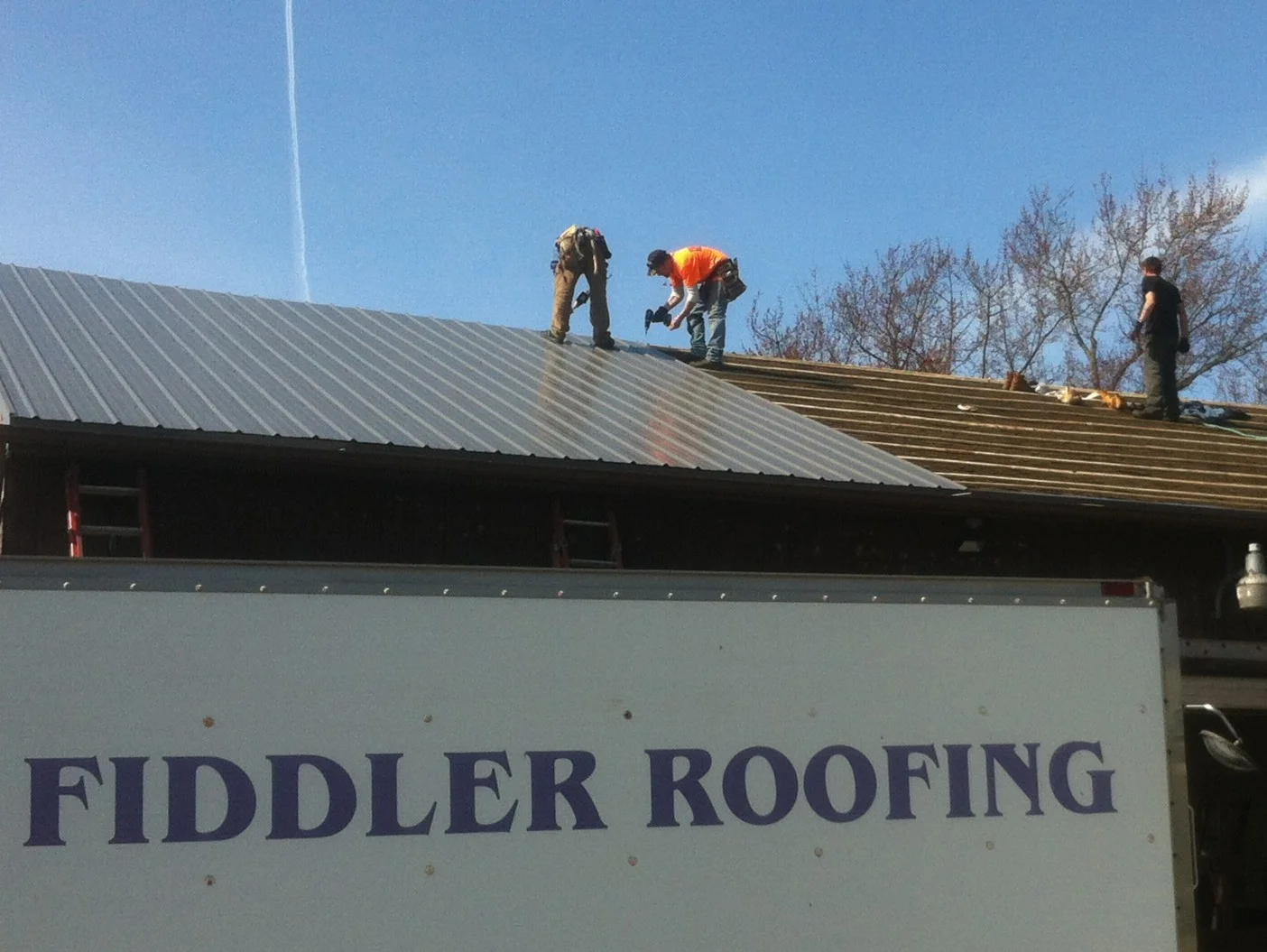
Comparing Roofing Materials: Asphalt Shingles, Metal Roof Panels, and Premium Options
Your choice of roofing material directly determines the performance, durability, and curb appeal of your roof. The most common option is asphalt shingles—great for affordability and variety. However, metal roof panels are winning favor for their exceptional lifespan (up to 70 years), fire and energy resistance, and sleek modern look. Premium alternatives like architectural shingles or the top options from CertainTeed and GAF bring enhanced warranties and striking aesthetics, but at a higher replacement cost. Factor in your local climate, architecture, personal style, and budget. Not all roofing materials work equally well in every region—what’s ideal in an arid climate may fail in areas with heavy rain or ice dams. Consult your roofing pro for advice tailored to your setting.
-
Asphalt shingles: versatile, low-cost, many colors—but shorter lifespan
-
Metal roof panels: highest longevity, energy savings, elevated cost
-
Premium options (CertainTeed, GAF): strong warranties, luxury appeal, increased upfront investment
|
Comparison Table: Roofing Material Options, Longevity, and Cost |
||||
|
Material |
Average Lifespan (Years) |
Typical Replacement Cost ($/sq ft) |
Pros |
Cons |
|---|---|---|---|---|
|
Asphalt Shingles |
15–30 |
$3.50 – $5.50 |
Affordable; Easy to install; Variety of colors |
Shorter lifespan; Less eco-friendly |
|
Metal Roof Panels |
40–70 |
$7.00 – $14.00 |
Long-lasting; Fire/energy resistant |
Higher upfront cost; Can be noisy |
|
Premium (CertainTeed, GAF) |
30–50 |
$6.00 – $10.00 |
High quality; Excellent warranty; Luxury curb appeal |
More expensive than standard asphalt |
Understanding Warranties Before Roof Replacement
Roof Replacement Cost and What Warranties Cover
Most homeowners expect their roof warranty to be comprehensive, but not all warranties are equal. Roof replacement warranties usually fall into two categories: manufacturer’s warranties (on the roofing materials) and contractor warranties (on the installation workmanship). Always review durations, covered events, and especially exclusions. For instance, some warranties exclude labor costs, or become void if materials are improperly installed, if attic ventilation is insufficient, or the new roof isn’t registered post-installation. Pro tip: Clarify with your contractor who is responsible for managing claims—the shingle manufacturer, the roofing pro, or both? Ensure the warranty duration and process for claims are clear in your contract, so warranty headaches don’t follow years later.
-
Manufacturer vs. contractor warranty
-
Duration and exclusions
-
Simple claim procedure—know who to call
“Not all warranties offer true peace of mind—know what yours includes.”
Importance of Proper Ventilation and Insulation in Roof Replacement
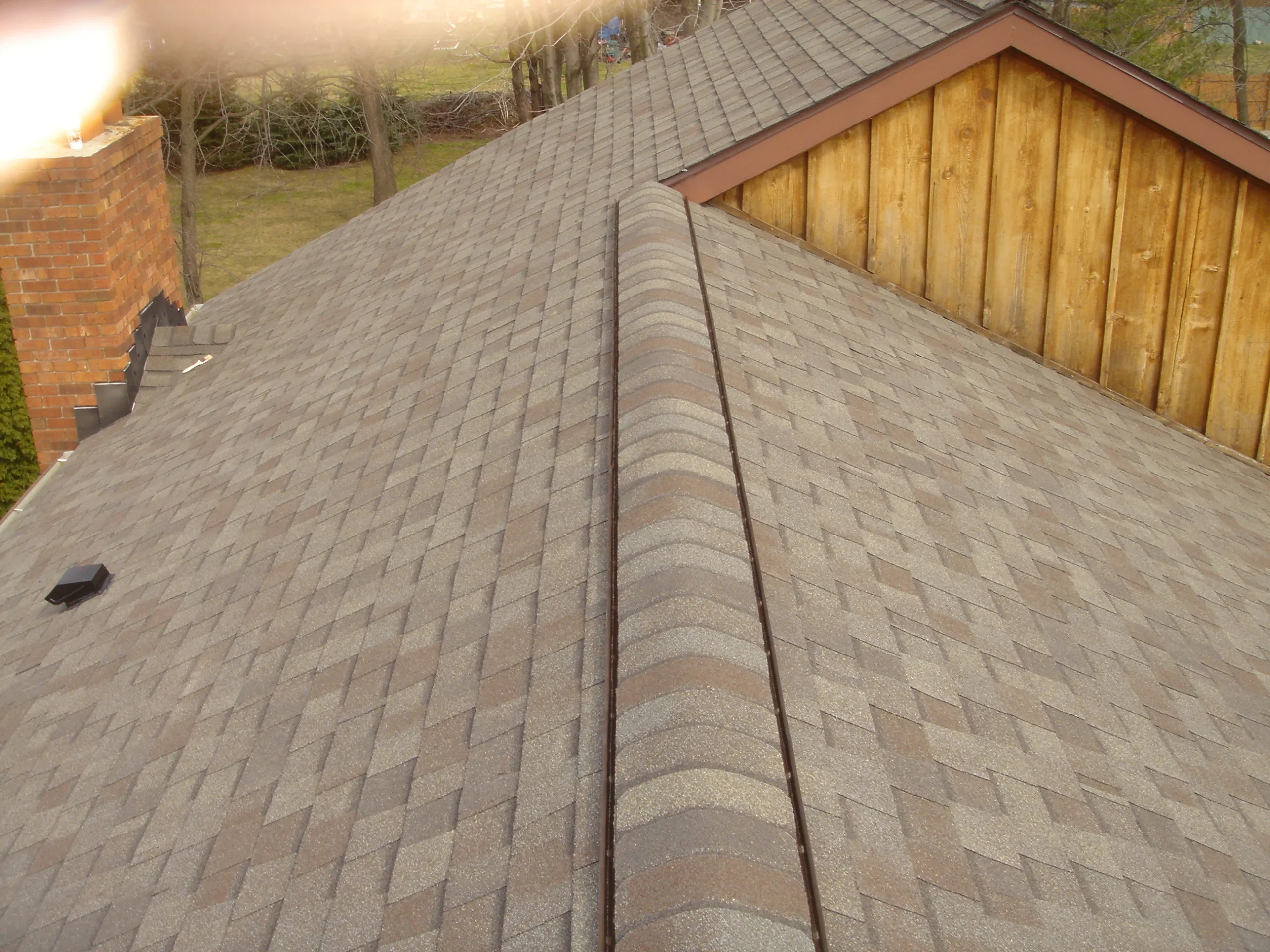
Preventing Problems: Airflow, Ice Dams, and Heat Bills
Proper ventilation and insulation transform good roofs into great ones by protecting both your roof and your home’s energy efficiency. Without proper airflow, heat and moisture can build up, creating mold, rot, and warping of roof decking or roof shingles. This is especially risky in climates prone to ice and water issues. Updated insulation retains warmth in winter and keeps heat out in summer, lowering energy costs and ensuring the longevity of your roofing materials. Ask your roofing contractor to assess and upgrade these elements during the roof replacement—cutting corners here can result in costly roof repairs or even shortened lifespan of your expensive, new roof.
-
Ventilation reduces moisture and temperature swings
-
Quality insulation maximizes comfort and energy savings
-
Prevents premature shingle and decking failure
Ice and Water Shield Protection Is Essential for Roof Replacement
Critical Reasons to Include Ice and Water Shield in Roof Replacement
Regions with harsh winters or heavy rain need more than just roof shingles for full protection. Ice and water shield is a self-adhering, waterproof underlayment installed beneath your roof shingles, specifically along vulnerable edges (eaves, valleys) and around penetrations like chimneys and vent pipes. Its job? Preventing wind-driven rain and melting snow from leaking into your attic and waterlogging your roof decking. Many “budget” roofing packages skip this crucial layer, but doing so opens the door to serious water damage and expensive future repairs. Demand this layer from your roofing contractor—it’s a key investment in the lifespan and integrity of your new roof.
-
Protects eaves, valleys, chimneys, and all penetrations from leaks
-
Absolutely essential in cold or wet climates to block water intrusion
Pay Attention to Chimneys, Pipes, and Flashings During Roof Replacement
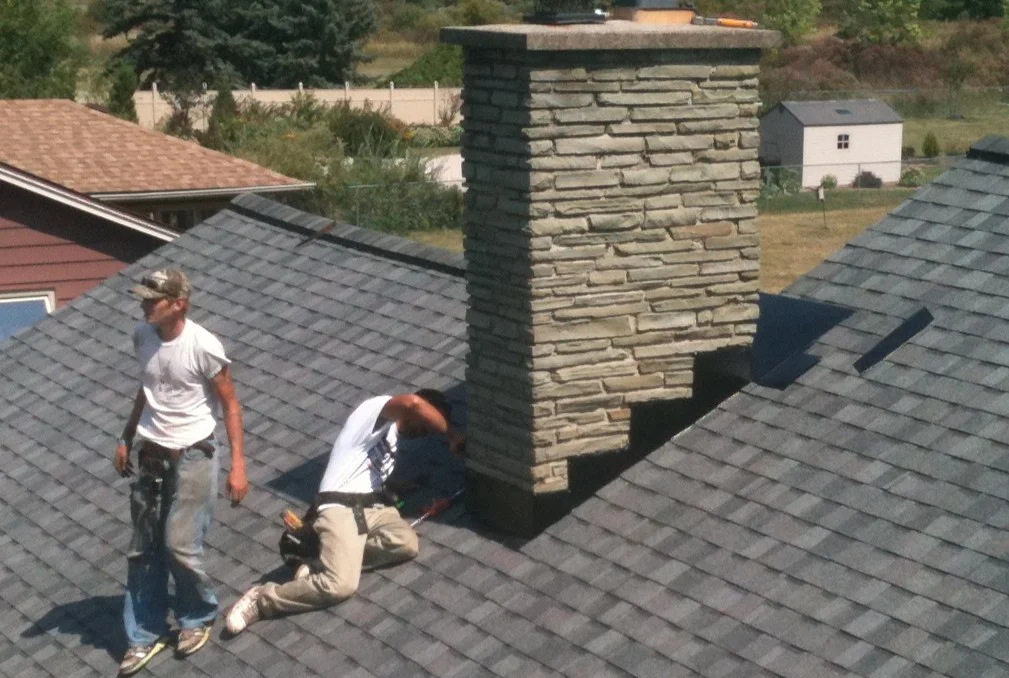
Leak Prevention with Quality Flashing and Pipe Boots
Even the highest quality roof shingles can’t prevent leaks if the flashing and pipe boots aren’t up to par. Most roof repair projects stem from water getting in where different surfaces meet—chimneys, plumbing pipes, skylights, and valleys. This is why quality flashing is a non-negotiable. Your replacement contract should include the replacement or upgrading of all flashings, pipe boots, and any repairs to masonry or metalwork around chimneys. Overlook these details, and you risk water sneaking into your attic or behind your fascia boards, causing slow but expensive damage. Reputable roofing contractors address these details as a core part of the job, not as a “maybe later” add-on.
-
All flashing replaced or upgraded for watertight integrity
-
Chimney, vent, and pipe boots fully inspected (replace as needed)
Clarifying Hidden Roof Replacement Costs: Dumpster, Permits, and Clean-Up
Understanding Roof Replacement Cost Beyond Materials
Roof replacement cost is more than just shingles and labor—it’s also permits, dumpsters, landfill fees, and final clean-up. Many homeowners face sticker shock when the final invoice includes charges not discussed up front. Labor costs per square foot, disposal fees for the existing roof, permit costs, and thorough site clean-up (magnet sweep, debris haul-off) must be detailed in your written estimate. Ask for a line-item breakdown to expose any hidden fees and compare proposals accurately between contractors. Transparent, upfront pricing is a hallmark of a reputable roofing contractor.
-
Line-item labor costs and cost of roof replacement by square foot
-
Permits, dumpster rental, landfill fees clearly listed
-
Thorough post-project clean-up (magnet sweep, debris removal)
|
Sample Roof Replacement Cost Breakdown |
||
|
Cost Category |
Amount (USD) |
Notes |
|---|---|---|
|
Removal & Disposal |
$1,200 |
Labor, dumpster, landfill fees |
|
New Roofing Materials |
$2,800 |
Shingles, underlayment, drip edge |
|
Labor Costs |
$2,200 |
Complete installation crew |
|
Permits |
$150 |
Varies by municipality |
|
Clean-Up |
$150 |
Magnet sweep, debris removal |
|
Total |
$6,500 |
Duration and Crew Size for Efficient Roof Replacement
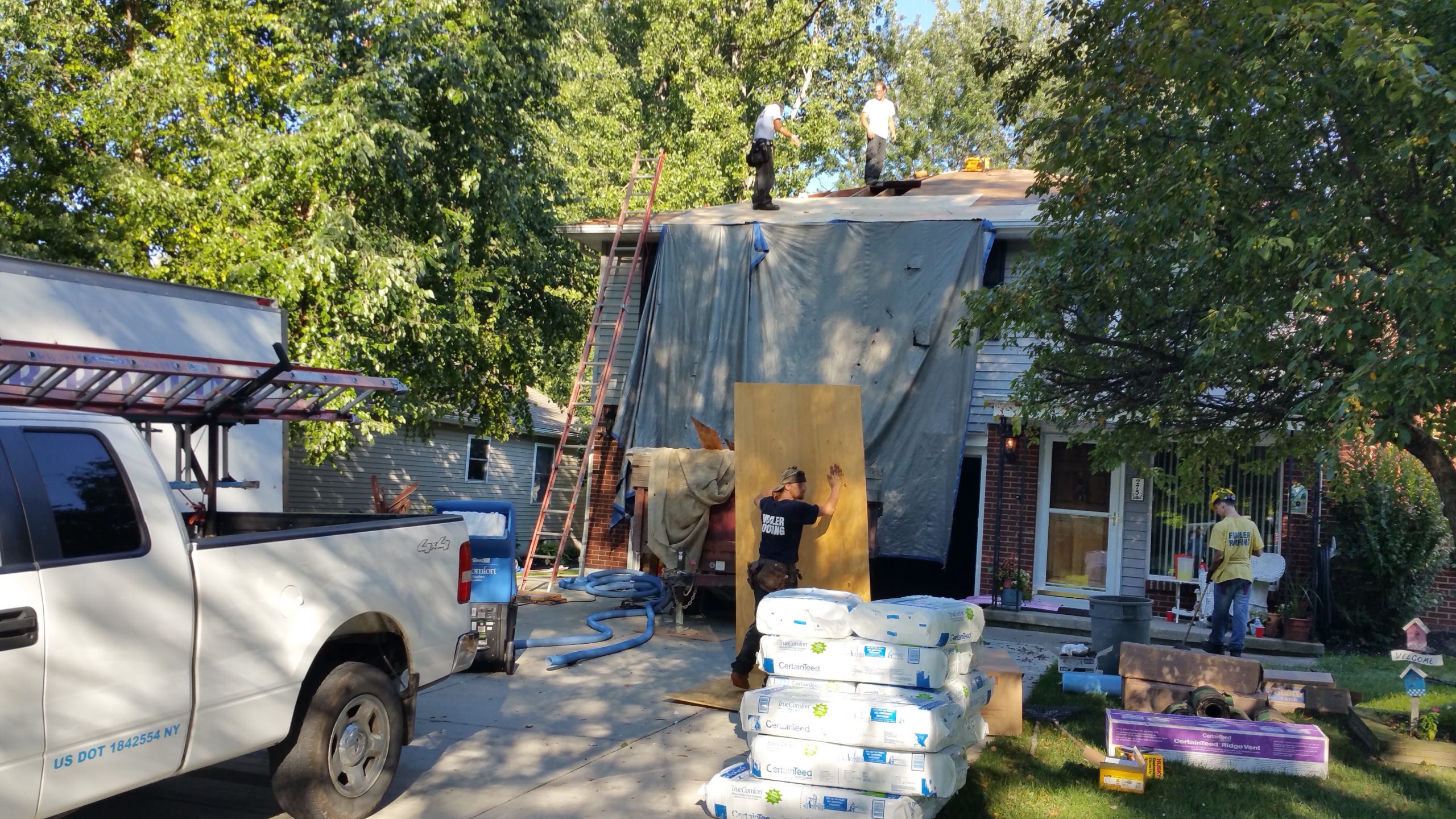
How Long Does Roof Replacement Take and Why Crew Size Matters
Efficiency matters in roof replacement—not just for convenience, but for weather protection and quality control. Most homes can be reroofed in 2–5 days, assuming standard weather and crew size. Large, skilled installation teams finish more rapidly, minimizing exposure to the elements, and reduce the chance of mid-job weather disruption. Crew size, roof complexity, pitch, and the presence of multiple layers or old damaged roof material all influence the project timeline. Request a clear, written schedule from your contractor, including contingency planning for delays due to inclement weather. Knowing the expected duration and the number of workers assigned helps you coordinate around the disruption and monitor the project’s progress.
-
Larger, well-managed crews complete jobs faster and to a higher standard
-
Weather, roof shape/pitch, and complexity add to replacement time
-
Get a written timeline with start/end dates built into your contract
Don’t Choose a Roof Replacement Company Solely on Price
Balancing Replacement Cost, Quality, and Safety
While price is a critical consideration, choosing a roof replacement contractor based only on the lowest bid can expose you to hidden costs, poor quality, or voided warranties. Rock-bottom estimates may signal the use of unskilled labor, inferior roofing materials, or lack of proper insurance—each putting your home and pocketbook at risk. Instead, measure value by weighing costs against contractor certification, reputation, warranty support, and past project reviews. Spending modestly more up-front often equates to thousands saved in future roof repair bills, peace of mind, and the extended life and curb appeal of your new roof. Always ask for transparent pricing and be skeptical of anything that seems “too good to be true.”
-
Insist on proper certification, insurance, and licensing
-
Check professional reputation—reviews and references matter
-
Prioritize value and quality over simply the lowest quote
People Also Ask: Roof Replacement Cost FAQs
How much roughly does it cost to replace a roof?
The national average roof replacement cost ranges from$5,000 to $12,000, depending on roofing materials, labor costs, and the size and complexity of your roof.
What is the average cost of a new roof in New York?
In New York, the typical roof replacement cost ranges from$6,000 to $9,000, with variations based on roofing material and labor costs.
How much does it cost to replace a roof in NY?
In New York, expect to pay between$7,000 and $15,000for a standard roof replacement, depending on materials and square footage.
FAQs: All About Roof Replacement
-
When is roof repair better than roof replacement?
Roof repair is preferable when damage is localized (such as a few missing shingles or minor flashing issues), and the rest of the roof decking and materials remain in good condition. Always get a pro roof inspection for an expert recommendation. -
What is included in a typical roof replacement cost estimate?
A detailed estimate covers materials, labor costs, permits, dumpster, underlayment, drip edge, flashing, ventilation upgrades, and clean-up. Make sure your estimate lays out each element so you can fairly compare contractors. -
How often should you replace your roof?
Most asphalt shingle roofs last 15–30 years; metal and premium materials last longer. Local climate and maintenance practices affect lifespan most—regular inspections are recommended for accurate timing. -
What roofing materials last the longest?
Metal roofs and premium shingles (CertainTeed, GAF) can last 40–70 years with quality installation and proper ventilation. -
Should I consider solar panels when replacing my roof?
Yes; installing solar panels during a roof replacement saves labor and disruption later. Discuss options and compatibility with your contractor when selecting materials and warranties.
Key Takeaways: Roof Replacement
-
Always start roof replacement with a professional inspection
-
Never skip written proposals or thorough contract details
-
Invest in quality roofing materials, warranty, and ventilation
-
Don’t shop on price alone—choose experienced roofing contractors
The Right Way to Replace Your Roof
“Replacing a roof is not just maintenance—it’s a strategic investment in your home’s longevity and safety.”
Understanding the roof replacement process, cost, and best practices for selecting a trustworthy contractor gives you the power to make smart decisions and avoid costly mistakes. Arm yourself with knowledge, insist on transparency, and enjoy lower stress and higher satisfaction from your roof investment.
If you’re ready to take the next step in your roofing journey, it’s wise to look beyond just the technical details and consider the broader qualities that define a truly reliable roofing partner. From transparent communication to a proven track record, the right contractor can make all the difference in your experience and results. For a deeper dive into what sets top roofing companies apart—and how to spot potential red flags before you commit—explore our insights on identifying roofing contractor red flags. This knowledge will empower you to make confident, informed choices and ensure your investment delivers lasting value.

